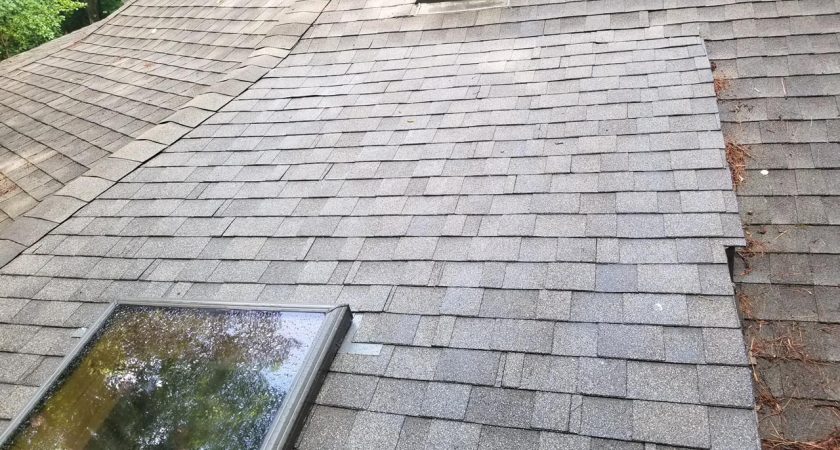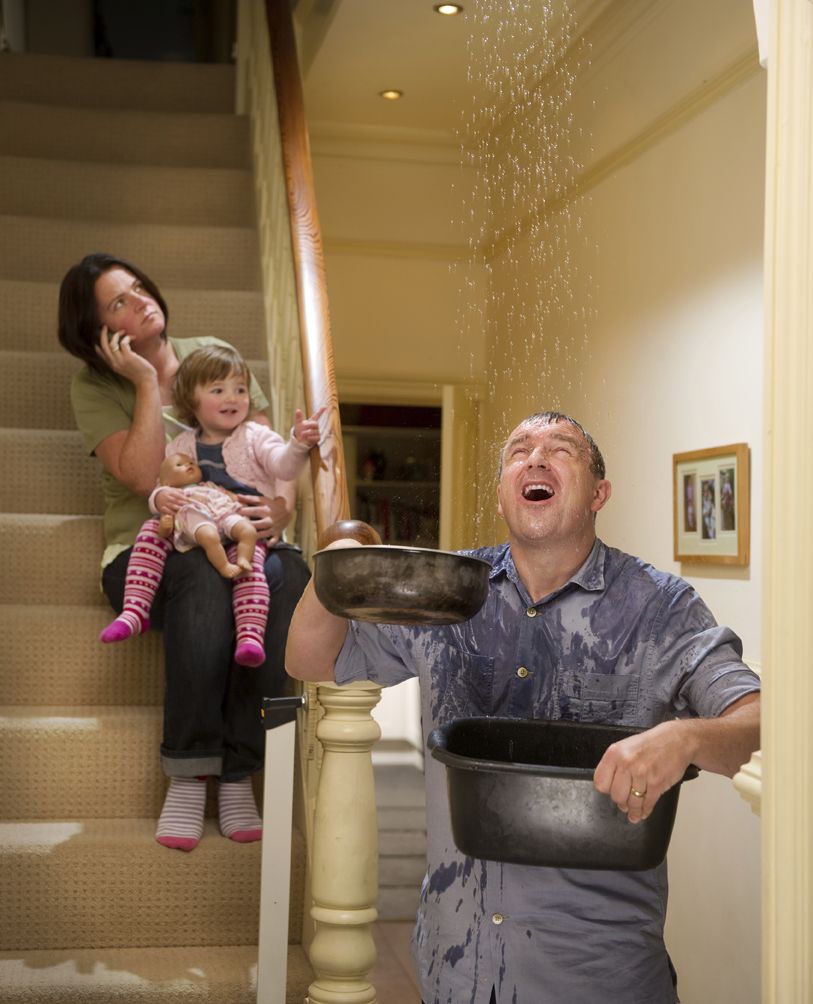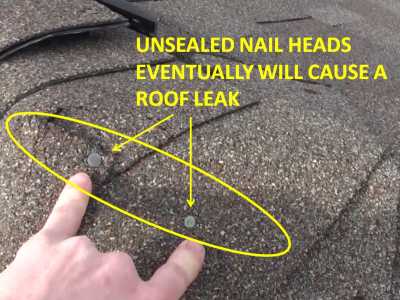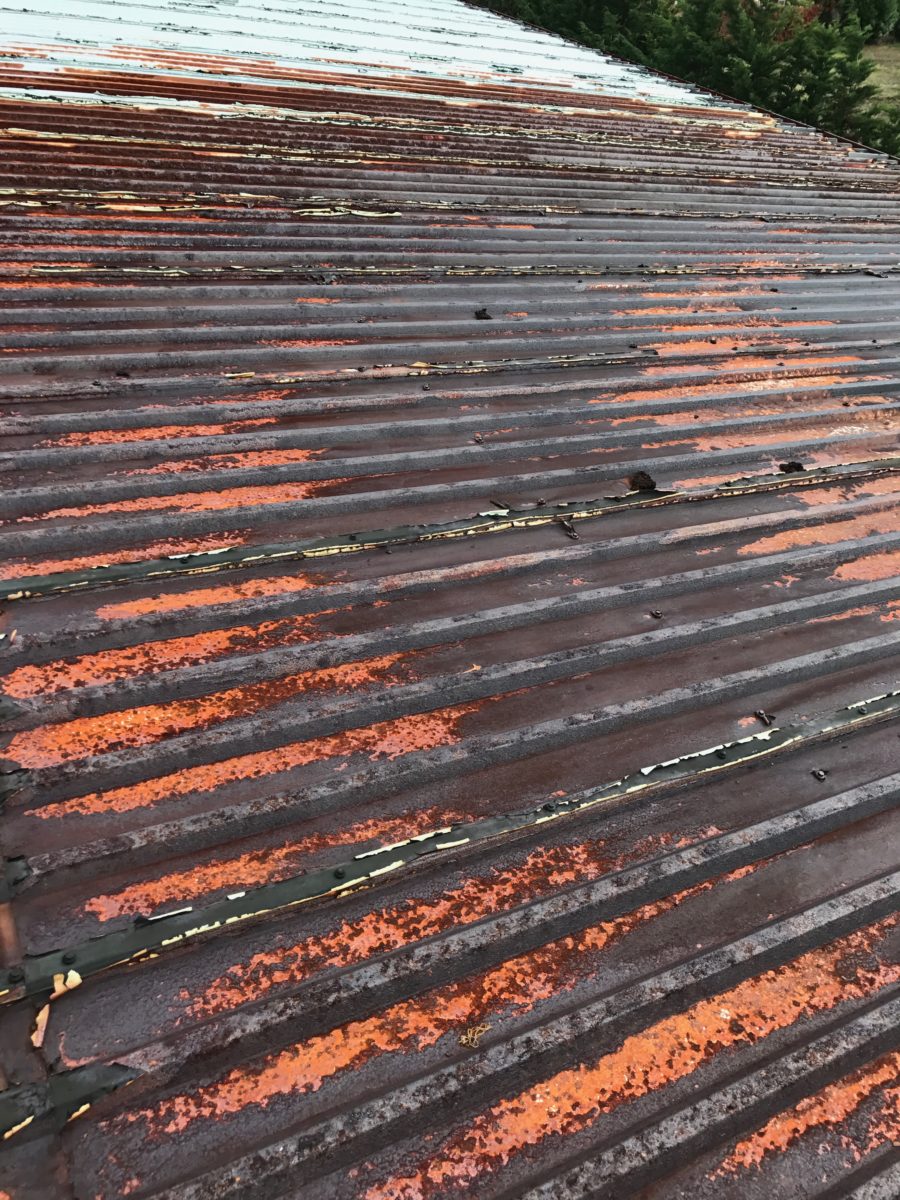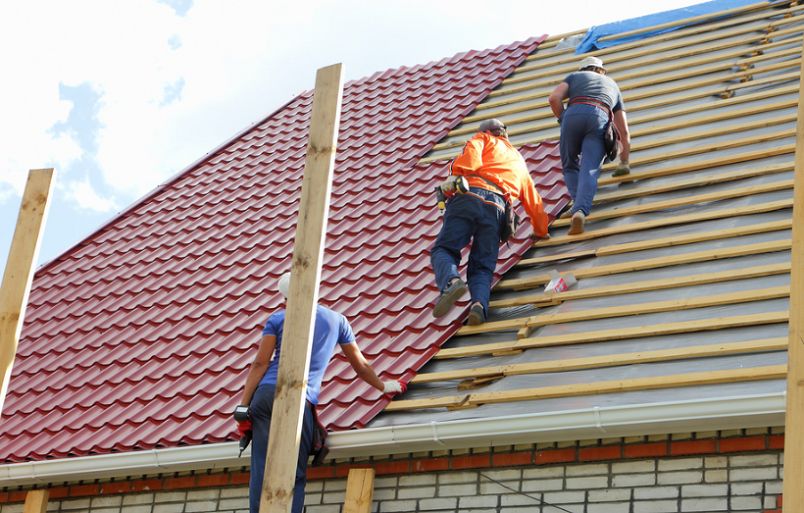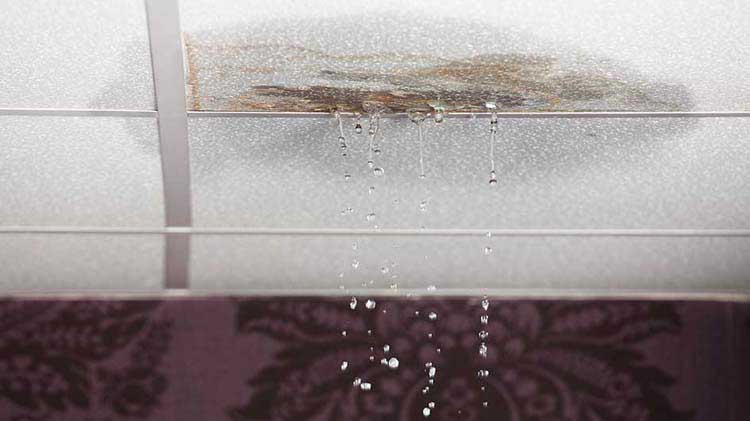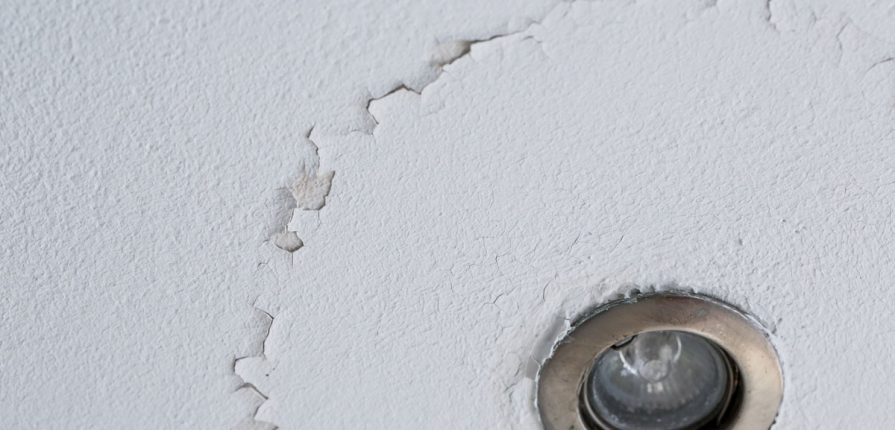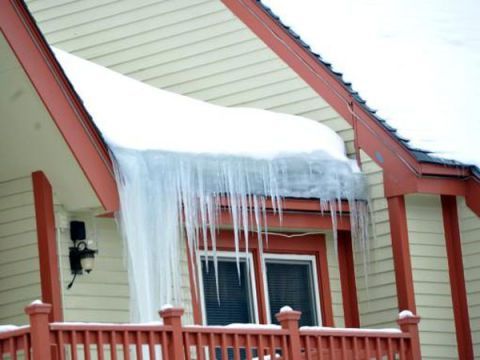The thin layer of sleet and freezing rain that accumulates on the upper roof shingles will melt quickly because the temperature in most attics is warmer than the outside temperature.
Freezing rain exposed leak in roof.
That melted water runs into gutters and downspouts where it refreezes when the temperature drops again.
Slow roof leaks can be deceptive because what you see might seem minor.
These dams are just that they are blockages of ice that can form just about anywhere on your roof.
So unless you ve noticed signs of ventilation problems such as ice damming in the winter or roof shingles bubbling and curling from overheating in the summer i think you should stay with your existing arrangement.
This can be frustrating and also creates a dangerous situation on porch steps during freez.
The result is ice dams which block the flow of water from melted snow.
Skylight leaks in heavy rain are a common source for roof leaks.
Everything discussed so far relates back to doing research.
Helmet heat is wired throughout your gutters and downspouts.
Parts of your roof that are in constant shade or exposure to the sun.
Remember that you don t necessarily need snow to be there first and low temperatures for the days preceding the sleet or ice storm combined with low temperatures following the storm make for perfect conditions in forming ice damming.
Water left on the roof leads to damaging leaks inside the home.
Damaging snow and ice buildup is a.
Sleet and freezing rain melt once they are exposed to the heat from the attic.
Already existing leaks or other issues that may or may not be fixed by a roof replacement.
If your roof leaks when it rains hard you may have an issue in any one of the following areas.
Research is key both before you buy and even after you buy a metal roof.
Commonly known as a wintry mix during weather reports freezing rain can cause lasting damage to your roof if you re not prepared.
If the local weather is calling for mostly sleet and freezing rain the sleet can form ice dams on your roof.
But what you can t see might be devastating.
It is virtually impossible to stop them from forming.
Have rain water dripping out from between your facia and gutters.
Your roof has a fairly low pitch and snow or rain could blow into the attic through the vent.
Common areas of roof leaks during rain.
With it snow melts before it hits the eaves of your roof and water flows down your heated gutters and downspouts.
Do your research on everything metal roofing.
Water from ice dams and other weather conditions such as blowing rain can cause water to enter the structure causing roof leaks.
Ice dams prevent roof leak outdoor roofing text.


